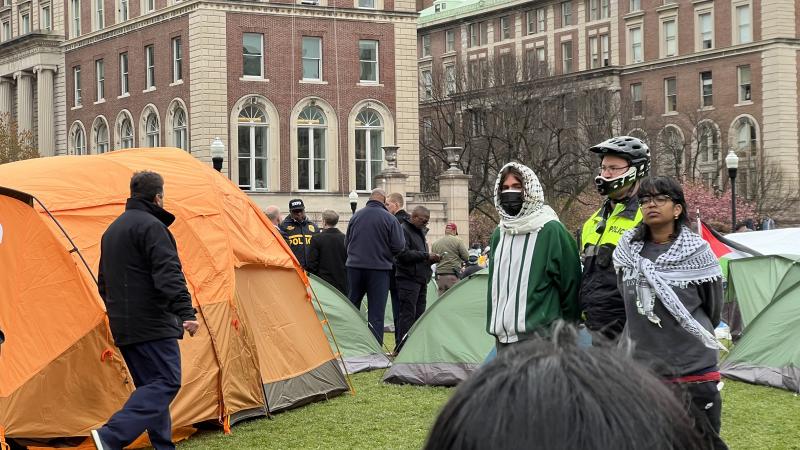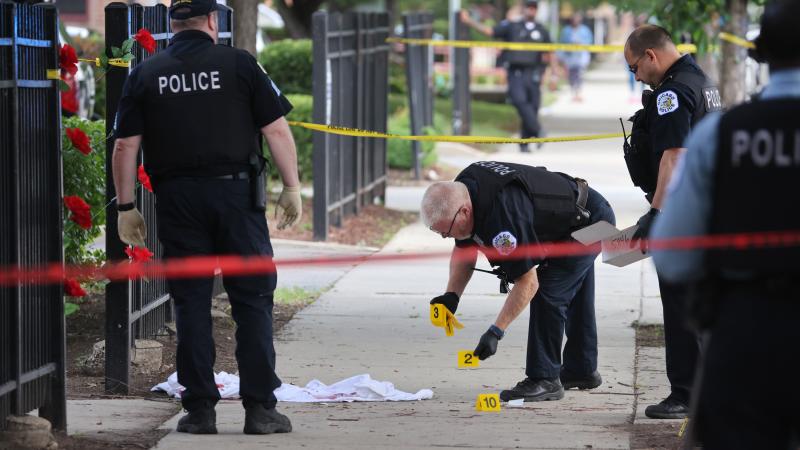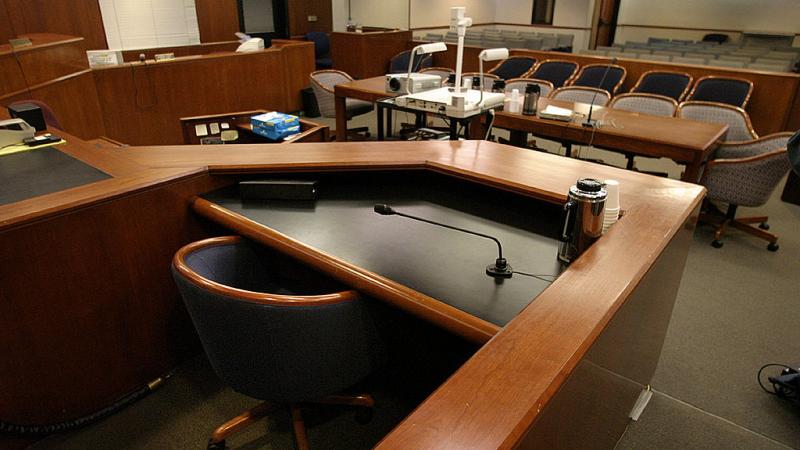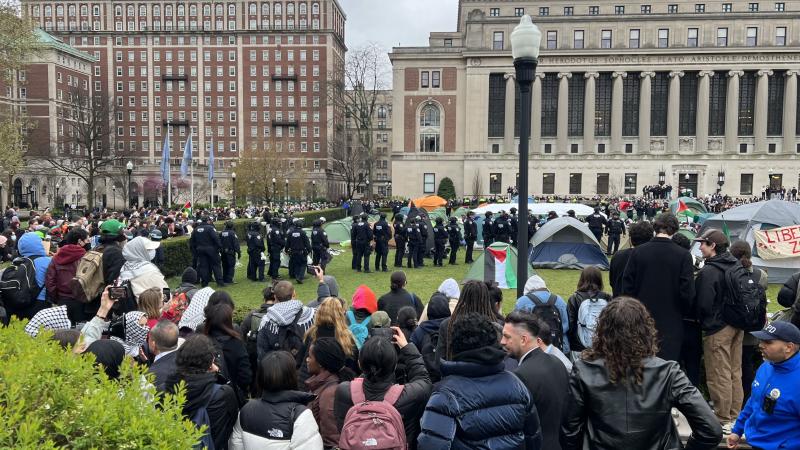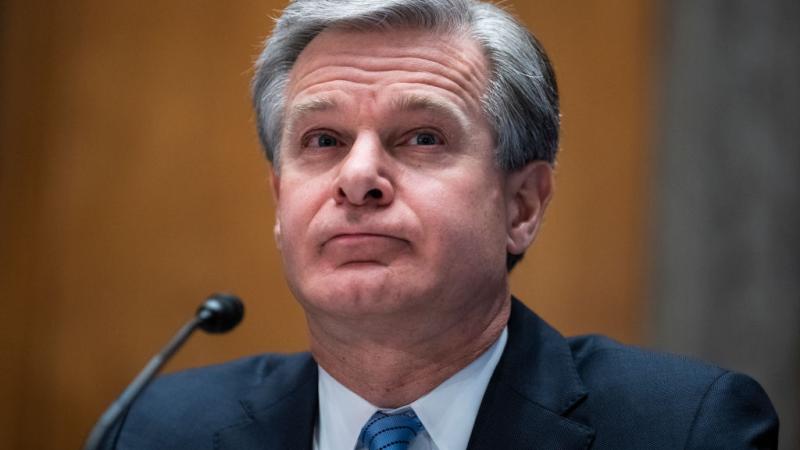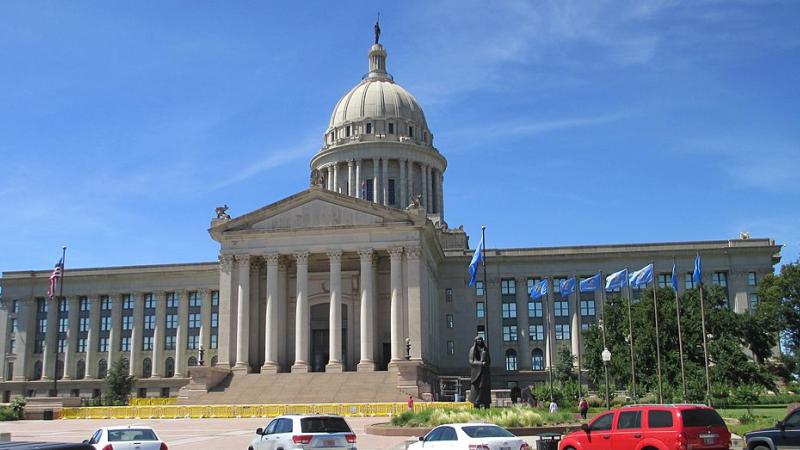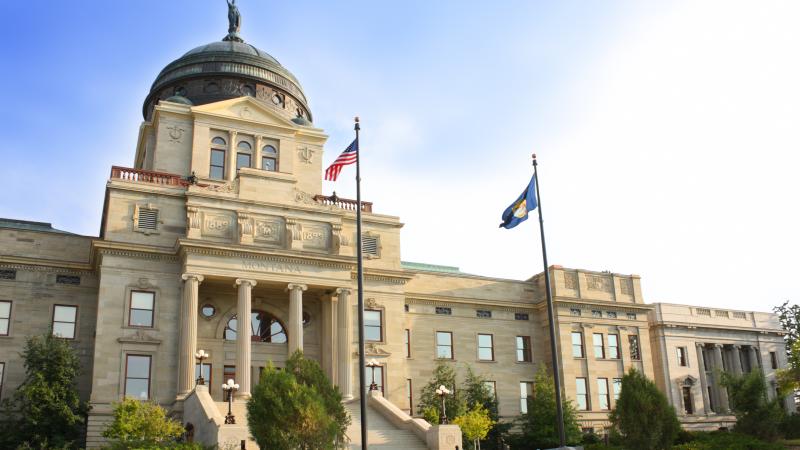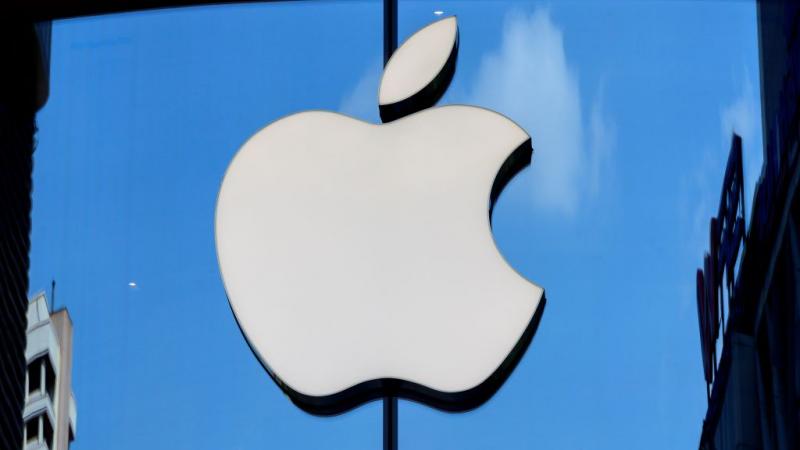Murder rates remain sharply up in U.S. cities after months of lockdowns, unrest
Murders up over 50% in some places.
Murders in U.S. cities across the country have jumped, in many cases sharply, following months of protracted COVID-19 lockdowns and shutdowns as well as sustained domestic unrest fueled by Black Lives Matter- and antifa-led activism.
The homicide rate in Chicago has reached a 5-year high so far in 2020, with total murders through almost 10 months already more than 50% higher than last year's full-year total. That spike broke a four-year downward trend occurring within a larger two-decade-long decline of killings in the Midwestern metropolis.
Police data show that murders in the city year-to-date as of Sunday were 633, a 53% spike from the 415 murders recorded at the same time last year. Those numbers come in after several years of declining murder rates. An extensive dataset compiled by the Chicago Tribune earlier this year show that murders in the city were declining steadily from the year 2017 onward, reaching a low of 492 last year.
The year-to-date murder total is well on track to surpass the highest annual murder rate seen in the city in two decades but for a major spike in homicides in 2016, when murders jumped 58% over the previous year to 778.
A smaller yet still distinct jump in murders has been observed in New York City. New York Police Department data show that murders have increased by over 32% from the prior year, with 362 killings in the city so far this year compared to 273 the year before.
Month-by-month statistics revealed even sharper spikes relative to last year. May of this year saw New York's murder rate up nearly 80% relative to May 2019. July's rate was up nearly 60%.
Notably, numerous other serious crimes in New York — such as rape, assault, and grand larceny — all have shown marked declines compared to their 2019 numbers. Among the crimes listed in New York's COMPSTAT data, only murder, burglary and grand theft auto were elevated from last year.
Philadelphia's murder rate is also markedly higher, with the city as of Tuesday sitting at 41% more homicides than the same day last year.
All told, according to an ongoing analysis by AH Datalytics co-founder Jeff Asher, murder rates are up in dozens of large-to-major cities across the U.S., including both Democrat- and Republican-run cities, with the former seeing moderately higher rises proportionally. Murders jumped 30% in Democratic-led cities vs. a corresponding 25% rise in those led by Republicans.
'People don't fear the consequences of criminal activity like they once did'
Kim Smith, the director of programs at the University of Chicago's Crime & Education Labs, said it's "really hard to say" what specifically is driving the spike.
"In Chicago, at least, shootings that are homicides had actually been increasing since the beginning of the year" prior to the pandemic, she told Just the News.
"After the stay at home order and particularly starting in June," she continued, "that's when we started to see homicides and shootings increasing dramatically over the previous year. I think it's going to be hard for years to come to disentangle the impacts of COVID, economic shocks, social service sector disruptions, police activity, and the impact of recent events on police trust."
Richard Aborn, a New York attorney and the president of the Citizens Crime Commission of New York, said there are no easy answers to explain the jump in crime both in New York and in cities nationwide.
"I don't think there is a single cause," he told Just the News. "I think it's a quixotic search to try and put one finger on a cause or fact. It's likely a series of things."
As one possible explanation for New York's murder spike, Aborn cited "a series of events in New York and across the country that may have led to the increase," including the state's much-criticized bail reform law that eliminated cash bail for numerous crimes.
"Frankly, while [the law] had many much-needed reforms, it went too far in many ways," Aborn said. "Then we had a lot of de-enforcement in New York as we started to move away from enforcing quality-of-life and low-level offenses."
"Then COVID hit, then the George Floyd protests hit," he continued. "The consequences of which included that police lost their legitimacy across the country."
"I think people just don't fear the consequences of criminal activity they way they once did," he added.
Experts and commentators have argued that, when faced with sustained and sometimes violent pushback, police are likely to scale back arrests out of fears of hostility from the public. That phenomenon has been dubbed "the Ferguson effect," after the violent 2014 riots in Ferguson, Mo., following the police shooting of black resident Michael Brown.
Various studies in the years since have both affirmed and disputed the reality of that phenomenon. Following Chicago's violent spike in 2016, some police officers told the Tribune that they were "taking a more cautious approach to their work," out of concerns that they could "end up in a viral video, sued or fired."
Numerous police officers in New York were assaulted during protests over the summer, meanwhile, as were officers in numerous other cities including Los Angeles and Philadelphia.
Norma Eisenman, a spokeswoman for the Los Angeles Police Department, declined to comment on the city's uptick in murders, though she did share specific stats regarding that increase, noting that homicides in the city were up by 23% over last year, from 218 to 269.
Lockdowns may have exacerbated violence
Virtually every major U.S. city for most of the year, meanwhile, has been under some form of COVID-19 lockdown; many were abiding by lockdown orders from state governors, while many other mayors and city councils imposed their own additional lockdown rules.
Those shutdown orders resulted in once-packed streets like those in New York and Los Angeles becoming eerily empty as residents stayed holed up in apartments and houses for weeks at a time.
Aborn suggested that the stress and disruption caused by those circumstances could have contributed to the violent spikes in cities.
"The COVID lockdowns caused enormous amount of destabilization," he said, "and caused people who have very little resources and who live lives of despair to be confined to their apartments."
"That resulted in a lot of anger and frustration in a large, illegal gun-owning population," he continued, arguing that a significant part of the problem lies in the number of illegal guns within America.
U.S. Attorney for the Western District of Missouri Tim Garrison earlier this year echoed Aborn's assessment of the pandemic's potential effects on violent crime, telling the New York Times in August: "When you already have a stressed economic situation and you put a lot of folks out of work, and a lot of teenagers out of school, it's a volatile situation."
The COVID crisis has had a broad effect on American mental health: Calls to suicide hotlines and crisis hotlines have reportedly increased significantly relative to before the pandemic, potentially signaling a more volatile environment in which shootings are more likely to occur.
Aborn said the U.S. should enact "a laser-like focus on illegal guns" in order to attack what he says is the root of the problem. "People have to understand that there's a consequence for carrying an illegal gun," he said.
Smith, meanwhile, argued that both law enforcement and social services are pursuing, and should continue to pursue, a multifaceted approach to addressing and stopping violence in cities.
"A combination of police- and non-police strategy is underway," she said, "and that's a continuation of work that's been active in Chicago for a number of years."

